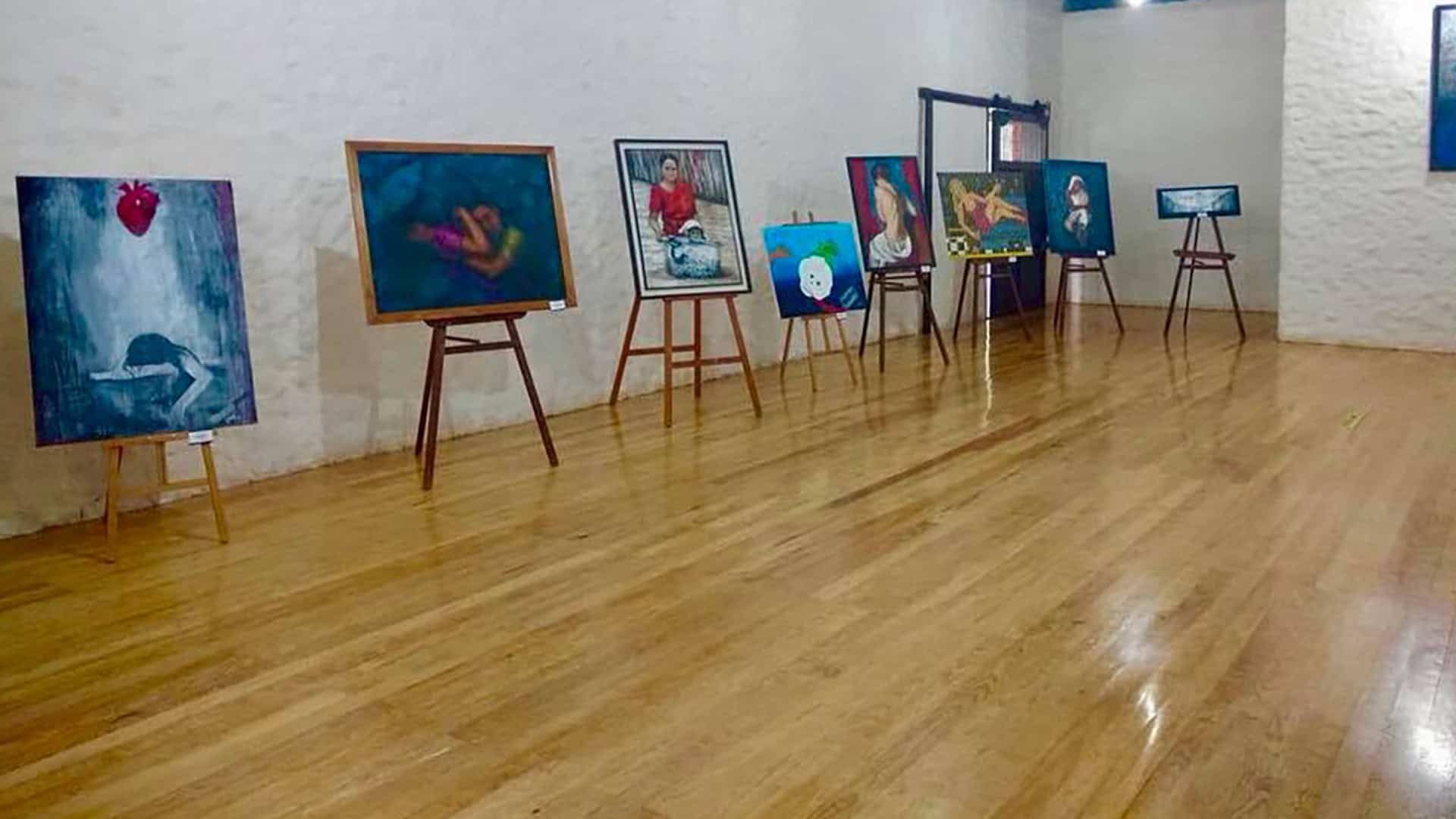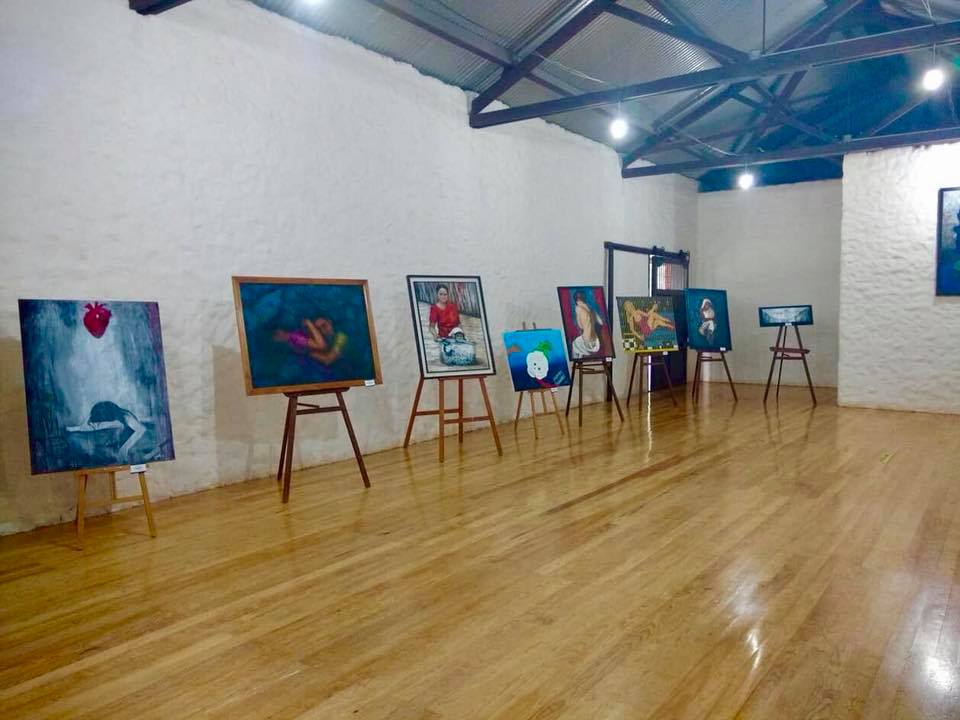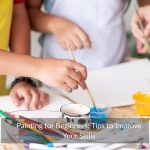
In the ever-evolving landscape of art, digital image painting has emerged as a revolutionary and expressive medium. Artists around the world are embracing tablets, styluses, and software to turn photos, sketches, and imagination into stunning works of digital art. Whether you’re a beginner or a seasoned traditional artist transitioning into digital, understanding the tools, techniques, and workflow can open a whole new world of creativity.
In this blog, we’ll explore the essential tools, key techniques, and practical tips you need to master the art of digital image painting.
Tools You Need for Digital Image Painting
Before diving into techniques, let’s talk about the basic tools. You don’t need a lot to start digital painting, but quality tools can make a huge difference in your learning and results.
1. Drawing Tablet / Pen Display
- Beginner-friendly: Wacom One, Huion Inspiroy, XP-Pen Deco
- Professional: Wacom Cintiq, Huion Kamvas Pro, iPad Pro with Apple Pencil
A drawing tablet is your digital canvas. You can either use a pen tablet (no screen) or a pen display (with screen). The latter gives you a more natural, intuitive painting experience.
2. Digital Painting Software
There are many options, both free and paid:
- Adobe Photoshop – Industry standard, versatile for painting, photo editing & design.
- Corel Painter – Known for realistic brush simulations.
- Procreate – Popular on iPad, lightweight and powerful.
- Krita – Free and open-source, excellent for beginners and professionals.
- Clip Studio Paint – Great for illustration, comics, and concept art.
3. Brush Packs
While most software comes with default brushes, many artists download or create custom brush packs:
- Charcoal brushes
- Watercolor texture brushes
- Realistic skin brushes
- Cloud/smoke brushes
These help replicate natural media or create unique effects.
Techniques for Digital Image Painting
Once you’re equipped with the right tools, it’s time to focus on techniques. Image painting isn’t just about tracing — it’s about interpreting visuals, using color, depth, and expression.
1. Start with a Sketch
Use your reference image to build a basic sketch. You can:
- Overlay the photo at low opacity
- Use grids to transfer proportions
- Freehand for stylization
A clean sketch is the skeleton of your painting. Keep it light, and on a separate layer.
2. Use Layers Strategically
Layers are your best friend in digital painting. Common layers you’ll use:
- Sketch Layer
- Base Color Layer
- Shadow Layer
- Highlight Layer
- Texture/Detail Layer
- Adjustment Layer (for color corrections)
Organize and name your layers to keep the workflow smooth.
3. Block in Base Colors
Once the sketch is ready, block in your flat base colors. Use the lasso tool or brush to fill in major areas.
Pro Tip: Use a middle tone (not too light or dark) — this allows more flexibility to add shadows and highlights.
4. Focus on Lighting and Shadows
Painting is essentially about light. Observe your reference:
- Where is the light coming from?
- What areas are in shadow?
- Are there reflections?
Use a soft round brush or textured brush to build depth gradually. Use warm tones for light and cool tones for shadow to create contrast.
5. Blend and Smudge
To get that smooth painterly feel:
- Use soft brushes to blend edges
- Use the smudge tool to soften transitions
- Adjust brush opacity and flow for subtle changes
Avoid over-blending, keep some sharp edges to retain form.
6. Add Texture and Details
Once the major elements are painted:
- Add textures to skin, cloth, or background
- Use brushes with texture or import photos as overlay textures
- Zoom in for detailing eyes, lips, or highlights
Details bring realism and life to your work, but don’t overdo it.
Tips for Improving Digital Painting Skills
Learning digital painting is a journey. Here are some valuable tips to speed up your progress and avoid common pitfalls.
1. Use References
Always use image references for anatomy, lighting, fabric folds, etc. But don’t copy blindly. Study, observe, and interpret.
2. Learn Color Theory
Understand warm vs. cool tones, complementary colors, and how to create mood using color palettes. Tools like Coolors or Adobe Color can help.
3. Master the Brush Settings
Every software allows custom brush settings:
- Flow
- Opacity
- Spacing
- Pressure sensitivity
Experiment to understand how each affects your strokes.
4. Take Breaks and Flip the Canvas
Looking at your work too long causes tunnel vision. Take breaks, and flip the canvas horizontally to spot mistakes.
5. Don’t Rely on Filters
Avoid overusing photo filters or effects. It’s tempting but doesn’t build skill. Try painting every element manually.
6. Record Your Process
Use screen recording or timelapse features (like in Procreate). Reviewing your steps helps you learn from your own process.
Styles in Digital Image Painting
Digital painting opens the door to a variety of artistic styles. Choose one or mix a few:
- Realism – Highly detailed, lifelike paintings.
- Impressionism – Focus on light and color rather than detail.
- Cartoon/Anime Style – Bold lines, cell shading, expressive.
- Concept Art – Used in games, film for ideation and storytelling.
- Matte Painting – Blending photos and painting for cinematic scenes.
Each style demands different brushes, techniques, and time investment. Find your comfort zone and gradually explore others.
Digital vs Traditional Painting
Let’s address the debate is digital painting “real” art? Absolutely.
| Traditional | Digital |
|---|---|
| Canvas, paints | Tablet, stylus |
| One original copy | Infinite copies possible |
| Messy and physical | Clean, unlimited undo |
| Limited tools | Endless brushes, layers |
Both require creativity, practice, and vision. Many modern artists combine both to produce hybrid works.
Bonus Tips for Aspiring Digital Painters
- Join platforms like ArtStation, DeviantArt, Behance, or Instagram to showcase your work.
- Participate in monthly challenges like #DrawThisInYourStyle or #Paintober.
- Watch YouTube tutorials (artists like Marco Bucci, Ahmed Aldoori, or Loish are great).
- Follow digital art communities on Reddit, Discord, or Facebook groups for feedback.
🧾 Final Thoughts
Digital image painting is not just a skill, it’s a new language of expression. Whether you’re painting portraits from photos, illustrating fantasy worlds, or creating art for games and media, digital painting gives you unmatched flexibility and tools.
As technology evolves, so does the art world. But one thing remains timeless: your vision as an artist. Tools may change, but creativity remains at the core.
So, grab your stylus, open your software, and start painting the future, one pixel at a time.




